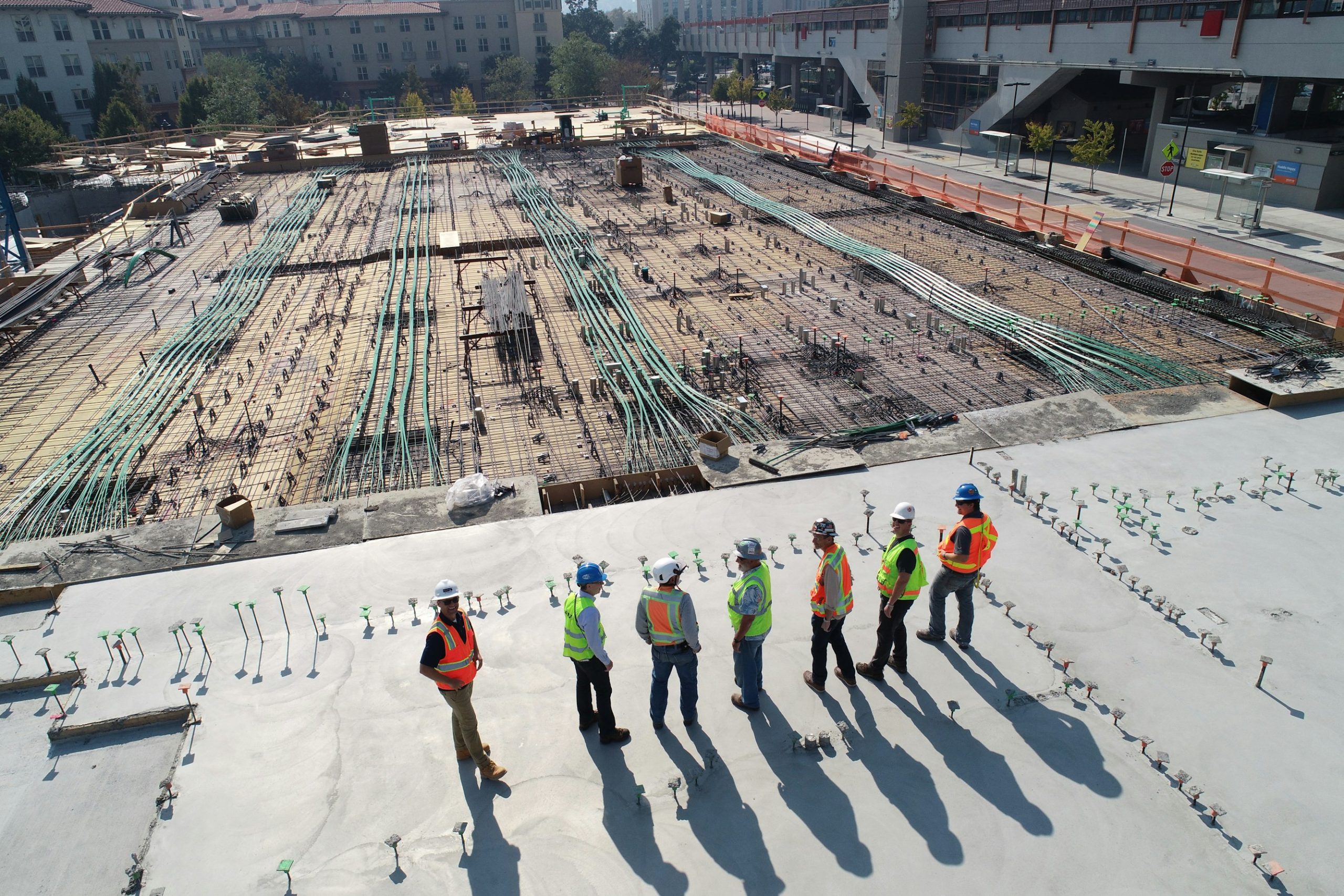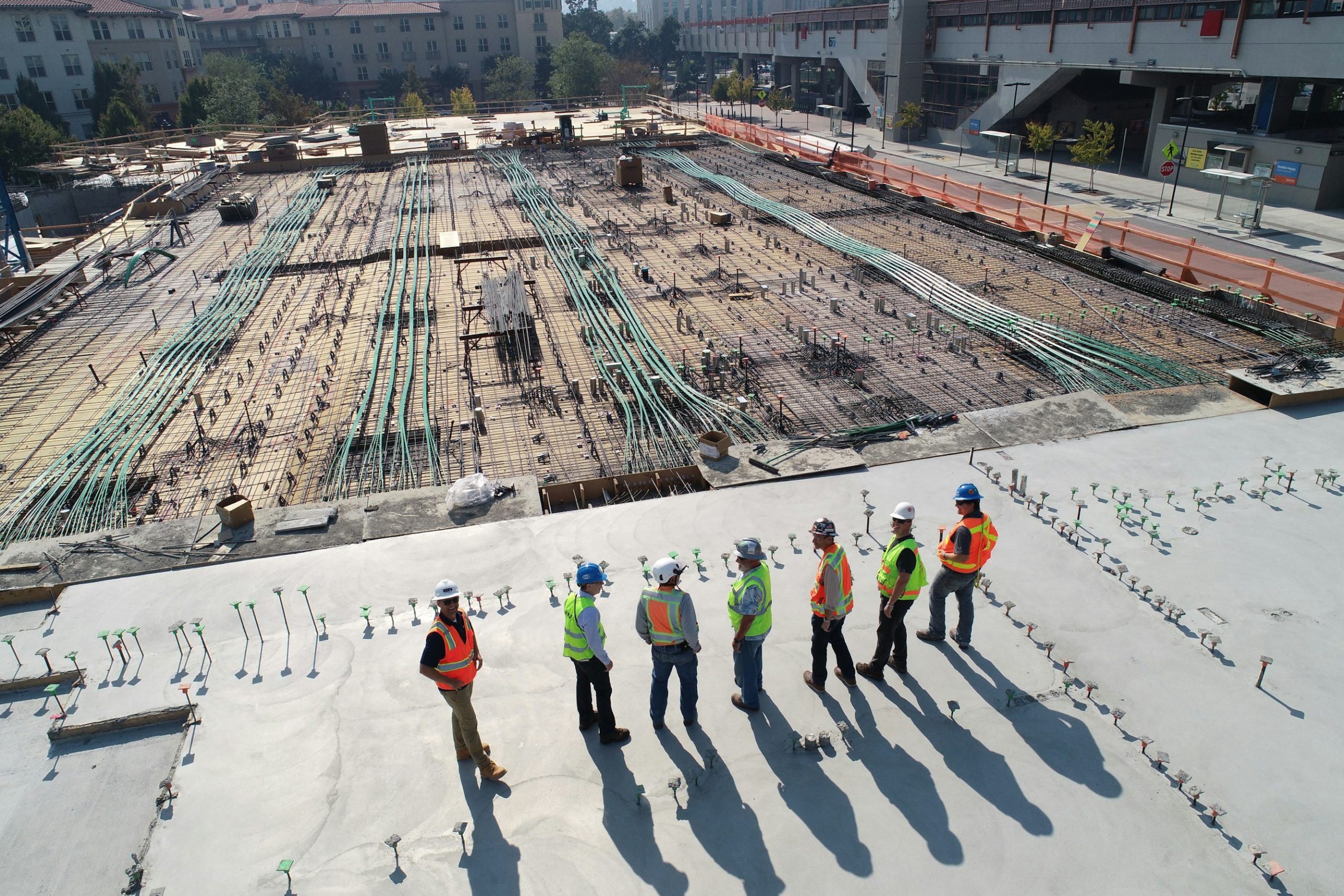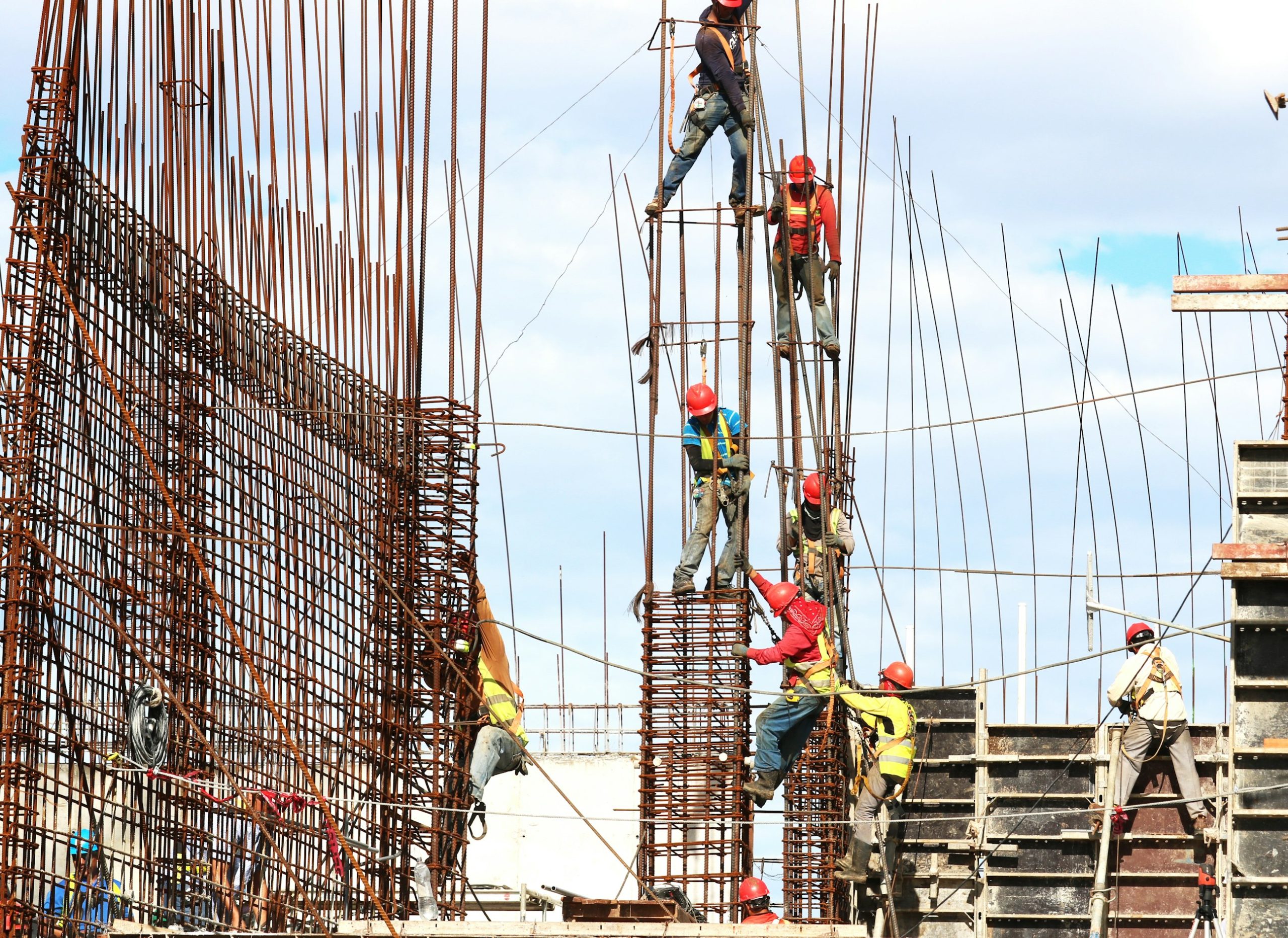Why Early Risk Identification Saves Millions in the Middle East
In the rapidly evolving construction landscape of the Middle East, embracing early risk identification is no longer just a best practice; it is a financial imperative. With the integration of advanced technology, proactive risk management has become feasible, offering construction firms the ability to save considerable sums of money. Utilizing effective construction project management software, businesses can uncover potential risks early, allowing them to take timely actions that keep projects on schedule and within budget.
Financial Benefits of Early Risk Identification
Understanding the financial implications of early risk identification is crucial. Identifying risks before they escalate dramatically impacts cost savings in the construction sector. When construction companies employ construction financial management tools, they gain the capability to closely monitor financial threats that could lead to budget overruns.
Effective resource allocation enabled by these tools helps firms circumvent pitfalls, leading to significant operational cost savings. Organizations that recognize and manage risks proactively can avoid expensive delays and unexpected costs, ensuring smooth project delivery and enhanced profitability.
Operational Advantages
Beyond financial gains, taking a proactive stance towards risk identification fosters operational resilience—an attribute vital to withstand the turbulent conditions of the Middle Eastern construction market. A well-structured risk management framework equips teams to anticipate various challenges and chart a course that keeps projects moving forward.
Construction document management and planning tools provide vital insights that enable managers to make swift, informed decisions. In a market characterized by volatility, this agility becomes a competitive edge, ensuring firms can adapt to changing conditions seamlessly.
Moreover, employing jobsite management tools enhances communication and documentation among project team members, amplifying operational efficiency and ensuring clear alignment on project goals. As teams work cohesively, the risk of misunderstandings and miscommunications diminishes, further safeguarding project timelines and budgets.
The Role of Technology and Automation
Increasing dependence on technology in risk management has marked a significant transformation in how stakeholders navigate challenges. The integration of advanced analytics and automation tools is revolutionizing the landscape, allowing construction firms to identify and manage risks with precision.
Automating labor-intensive tasks such as data entry enables risk management professionals to dedicate more time to high-value activities, including thorough risk analysis and strategic mitigation. This automation reduces manual errors, enhances efficiency, and ultimately translates to cost savings—precision becoming key to effective risk management decision-making.
Industry Trends and Priorities
In recent years, the significance of risk management has surged within procurement organizations across the Middle East, particularly in the wake of the COVID-19 pandemic. The crisis underscored the need for robust systems that ensure the unhindered availability of materials and products, extending the importance of risk management beyond mere cost efficiency.
While digital transformation remains vital, many organizations find themselves prioritizing risk management as they strive to maintain operational continuity amidst supply chain disruptions. This marked shift signifies that rigorous, proactive risk identification is now critical not just for survival but for thriving in a challenging market.
Use Cases and Best Practices
Utilizing construction project management software represents a powerful method for construction firms to manage risks effectively. Proactive risk oversight can significantly enhance project outcomes by curtailing unnecessary expenditures and delays that emerge from unforeseen issues.
Furthermore, employing cutting-edge innovations such as generative AI has also proven transformative in the realm of risk management. These advanced tools not only deliver considerable cost savings but enhance user experiences, making them applicable across various sectors.
How Zepth Can Help
Zepth stands at the forefront of empowering construction firms through its comprehensive suite of construction project management software. The platform fosters early risk identification and proactive mitigation strategies, preventing costly errors and minimizing financial losses.
In addition, Zepth’s construction financial management tools and construction document management solutions facilitate meticulous tracking of financial risks and informed decision-making. This ensures that project managers have the insights they need to act quickly and decisively.
By harnessing Zepth’s jobsite management tools, companies can optimize communication, improve documentation processes, and enhance overall operational efficiency—allowing teams to work in concert toward effective risk mitigation.
In summary, early risk identification emerges as an essential strategy in the construction and financial sectors of the Middle East. By leveraging advanced technologies and automation, organizations can achieve substantial cost savings, operational advantages, and heightened resilience. With the tools available through Zepth, tackling risks head-on has never been more accessible.




